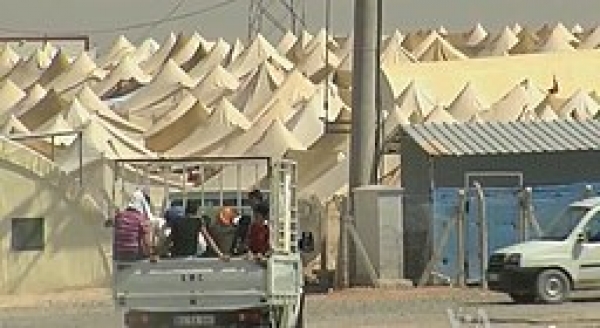Once again, the issue of possible "safe zones" or "safe areas" in Syria to accommodate Syrian refugees seems to be gaining traction among European leaders, with the intent of alleviating the migration emergency that arose after the outbreak of the civil war against Bashar Al-Assad's government.
This time, the legitimate government of Nicosia (Cyprus) – which has seen millions of refugees arrive on the island over the past decade – along with the government of Prague (Czechia), which has also been a destination for many Syrians in recent years, are exerting greater pressure. The two governments have already initiated preliminary studies, with promises of future inspections, to identify locations to be designated as new "safe zones" in Syrian territory, thereby promoting a «safe, voluntary, and dignified return» of Syrian refugees scattered across Europe and providing a place for the millions of IDPs (Internally Displaced Persons) to live in.
Throughout the years, the USA, Turkey, Lebanon, Saudi Arabia, Qatar, and the EU have already attempted, unsuccessfully, to identify “safe areas” in the country.
Despite the failure of these past projects, the European states are already beginning to reject and expel groups of exhausted refugees along their borders, or refusing regular documentation submitted for asylum applications. However, by denying these individuals the rightful access and the humanitarian support they need, human trafficking aimed at exploiting the vulnerability of refugees along the migration route from Syria is being reinforced.
The much-anticipated “safe zones” indicate temporary designated areas, agreed upon by the conflicting parties, to ensure the safety and protection of civilians, guaranteeing that military attacks and force will not be deployed. Nonetheless, the constant question of the success of such "safe zones" remains; after all, it is imperative to remember the bloody massacres caused by failures and mistakes in establishing such areas (notably the killings in the Srebrenica “safe zone”). Additionally, in Syria itself, previous attempts in the Turkish-occupied areas designated as “safe zones” have led to human rights violations and the denial of humanitarian aid.
Finally, scepticism towards this re-emerging European initiative to create "safe zones" in Syria is tempered by the High Commissioner for Refugees. The latter, as in the past, stresses that the Assad regime, the presence of ISIS terrorist cells, and the lack of unity among the major players involved in the Syrian proxy war hinder the establishment of areas that might de facto be “safe zones”.
To read more, please visit:
- https://www.hrw.org/news/2024/07/04/delusion-once-again-safe-zone-syria
- https://reliefweb.int/report/world/explainer-safe-zones
- https://www.thenationalnews.com/news/europe/2024/06/24/czech-mission-to-syria-seeks-deal-on-cyprus-push-for-refugee-returns/
- https://www.hrw.org/news/2017/03/16/q-safe-zones-and-armed-conflict-syria#_What_are_“safe
- https://www.hrw.org/news/2024/03/28/syrians-face-dire-conditions-turkish-occupied-safe-zone
- https://www.arabnews.com/node/1049406/middle-east
- https://www.thenationalnews.com/news/mena/2024/06/10/unhcr-voices-concerns-over-iraqi-government-decision-to-close-idp-camps/







